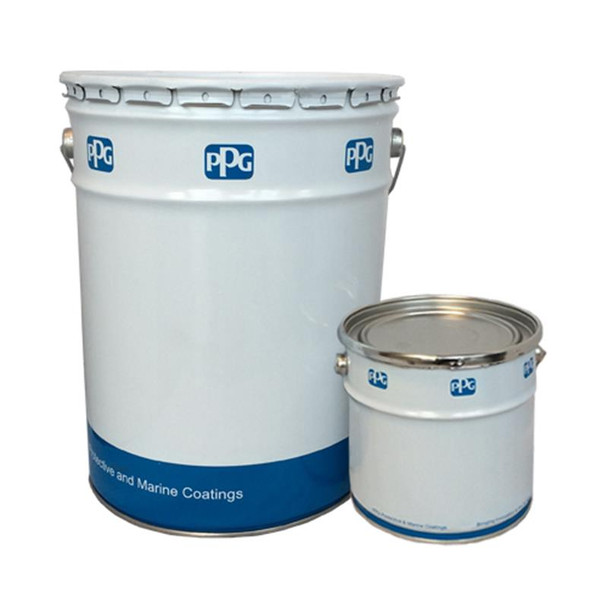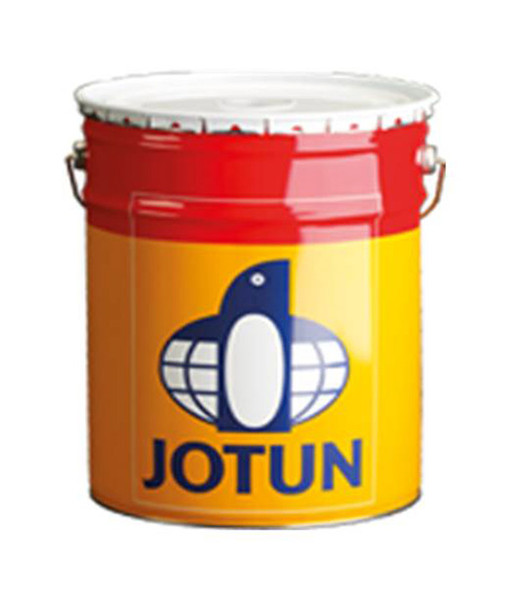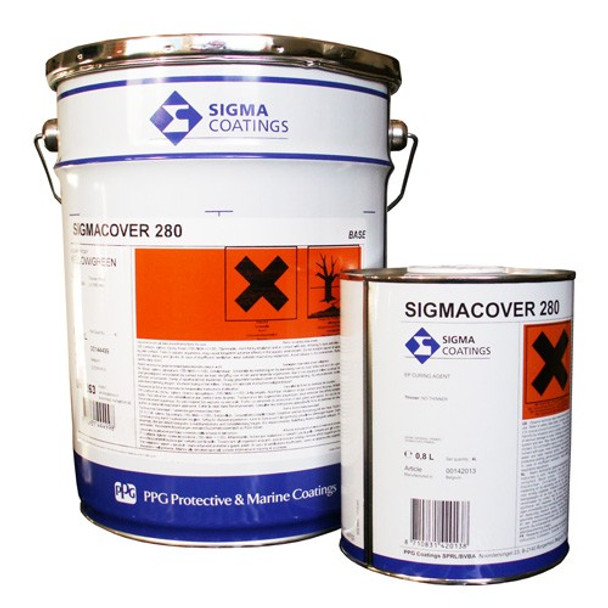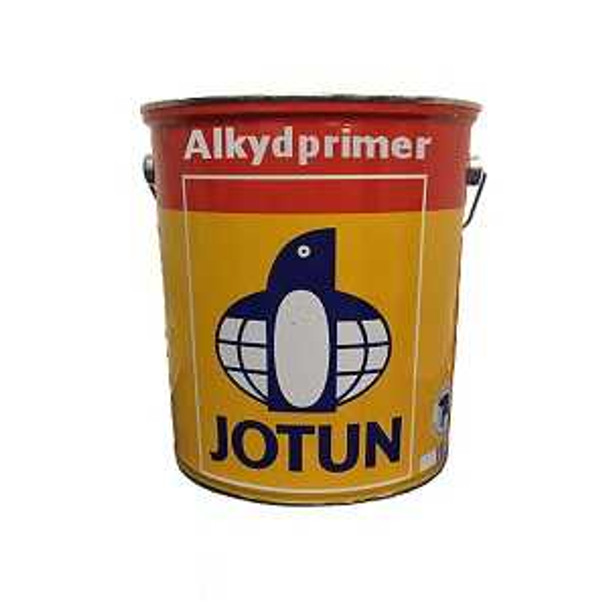IS ALL MARINE PAINT OIL BASED?
IS ALL MARINE PAINT OIL BASED?
Marine paints are a type of protective coating used mostly in the marine environment to protect ships, vessels, tankers, and other materials from saline water or freshwater. A marine coating has specific functional properties; therefore, it can provide superior protection to the surfaces to which it is applied. This coating protects submerged materials as well as vessels, ships, or yachts from seawater.
Marine paint and coatings are always used interchangeably. Marine paints are waterproof, protective layers that are applied to surfaces exposed to or immersed in fresh, brackish, and saltwater. They are used with boats, ships, yachts, ferries, and other watercraft and marine platforms such as offshore oil rigs. Marine paints are best used for watercraft, which are exposed and immersed into saltwater or freshwater. They are waterproof paints and act as a protective layer to the submerged materials. Other uses of marine paints are in ships, boats, ferries, yachts, submarines, etc. Marine paint is used for houses, like hardwood floors, house furniture, and other exterior surfaces. Marine paints are most commonly used to coat the exterior of boats that have constant exposure to water. These oil-based paints provide a durable surface, but the paint takes a long time to dry. If you have the patience to wait for the paint to completely cure before using your cabinets, a marine paint is a sound choice for a kitchen or bathroom because of its ability to repel water. The paint is easy to clean too, as grease and dirt wipes away with little effort.
Oil paints(Enamel paints) are used to describe oil-based covering products, usually with a significant amount of gloss in them. Oil paint (enamel paint) is paint that air-dries to a hard, usually glossy, surface used for coating surfaces that are outdoors or otherwise subject to wear or variations in temperature. Most enamel paints are alkyd resin based. Some enamel paints have been made by adding varnish to oil-based paint. Marine Oil Paint is an air-dry long oil alkyd based high gloss enamel, suitable for metal and wood substrates as top coat finishing. Marine paints are most commonly used to coat the exterior of boats that have constant exposure to water. These oil-based paints provide a durable surface, but the paint takes a long time to dry. The paint is easy to clean too, as grease and dirt wipes away with little effort.
Sigmadur 555 SIgma Marine Paint
Types of Marine Paints
The following are various types of paints used on ships, these are classified as per their binders as explained earlier.
Bitumen or Pitch: Simple solutions of bitumen or pitch are available in solvent naphtha or White spirit. The Bitumen or pitch may also be blended by heat with other materials to form a vehicle.
Oil Based: These consist mainly of vegetable drying oils such as Linseed oil and Tung oil. To accelerate the drying by the natural reaction with oxygen, dryers are used.
Oleo Resinous: The binders incorporate natural or artificial resins into drying oil. Some of these resins may react with drying oil to give a faster drying vehicle.
Alkyd Resin: These binders provide a further improvement in the drying time and film forming properties of drying oils. The name alkyd arises from the ingredients, alcohol and acids. Alkyd need not be made from oil, as an oil-fatty acid or an oil free acid may be used.
Epoxy Resins: Chemicals which may be produced from petroleum and natural gas are the source of epoxy resins. These paints have a good adhesion, apart from their excellent chemical resistance. They may also have good flexibility and toughness. They are expensive owing to removal of unwanted side products and also have a gloss finish. These normally come in two packs consisting of epoxy resin and a curing agent (generally an amine or a polyamide resin) which is mixed prior to application. Epoxy resins should not be confused with Epoxy-Ester Paints. Epoxy-Esters can be considered as alkyd paints, as they are usually made of epoxy resin and oil fatty acids.
Jotun marine paint pilot 11
Coal Tar / Epoxy Resin: The binder type is similar to epoxy resin, except that instead of the curing agent, a grade of coal tar pitch is blended with the resin. A formulation of this type combines to some extent the chemical resistance of epoxy resin with the impermeability of coal tar.
Chlorinated Rubber and Isomerized Rubber: The vehicle in this case consists of a solution of plasticized chlorinated rubber or isomerized rubber. Isomerized rubber is produced chemically from natural rubber. It has the same chemical composition but a different molecular structure. Both these derivatives of rubber have a wide range of solubility in organic solvents, and so allow a vehicle of higher solid content. On drying the film thickness would be greater than it would have been obtained from natural rubber. Coats of this type are particularly resistant to attack by acids and alkalis.
Polyurethane Resins: A reaction between isocyanates and hydroxyl containing compounds produces urethane and this reaction has been adopted to produce polymeric compounds from which paint film, fibers and adhesives may be obtained. These paints have good properties such as toughness, hardness, gloss, abrasion resistance as well as chemical and weather resistance. These are not applied underwater but only on superstructures. They are very popular on yachts due to their high gloss.
Vinyl Resins: Vinyl Resins are obtained by the polymerization of organic compounds containing the vinyl group. The solid contents of this paint are low thus it has a very thin film and more costs are required as compared to other paints. Since these have a poor adhesion to bare steel, they are used over a pre-treatment primer. These are among the most effective for underwater protection of steel.
Sigmacover 280 Sigma Marine paint
Marine coating regulations in the UK
The chemicals used in marine paintings can affect the delicate ecosystems of the marine environment. Tributyltin (TBT) was used as a biocide until it was discovered that it was highly toxic to creatures all the way up the food chain, an example which the marine coatings industry does not want to repeat. The effects of copper as a biocide are currently under scrutiny, with stricter environmental regulations being introduced across the globe. On the other hand, biofouling leads to the introduction of non-native and invasive species to an ecosystem, and also needs to be strictly controlled. The legislation which particularly relates to the UK, for everything from vessels to offshore structures, can be found at the Oil & Gas UK Environmental Legislation Website. In the UK, the use of antifouling paints is strictly controlled by the International Maritime Organization, the EU, and the Wildlife and Countryside Act. EU regulations relating to copper-based antifouling paints have led to tighter restrictions and regulations for the coatings industry. The clear concern for the environmental impact of these coatings has led to an increase in environmentally conscious foul release coatings.
Marine coatings are waterproof, protective layers that are applied to surfaces exposed to or immersed in fresh, brackish, and/or salt water. They are used with boats, ships, ferries and other watercraft, as well as with marine structures such as offshore oil rigs. When referring to whether a paint is oil, we are actually talking about the type of solvent used in the paint, which is the liquid component of the paint that evaporates as the paint dries. Oil-based paints use an organic solvent in the makeup of the paint, which is typically a mineral turpentine. Like other types of protective coatings, marine coatings differ in terms of performance, properties, and chemistries.
This article has helped us understand that marine paints include epoxy fairing compounds, epoxy primers and sealers, and wood finishing systems. Anti-fouling coatings are also available.
Therefore, we can easily conclude that not all marine paints are oil based.
Jotun Marine Paint AlkydPrimer
Before you start your next paint project, we recommend you contact us to have a chat with our experts. They will be able to answer any questions that you might have, and be able to give advice, assistance, information, consultation, training, and procurement.
Frequently Asked Questions
1. Can I use regular paint instead of marine paint on my boat?
Regular paint is not recommended for use on boats as it does not provide the necessary protection against marine-specific challenges such as corrosion, UV exposure, and fouling. Marine paint is formulated with specialised ingredients to withstand the unique conditions of the marine environment.
2. What are the different types of marine paint?
There are different types of marine paint, including antifouling paint (to prevent marine growth on the hull), topside paint (for above the waterline areas), bottom paint (for below the waterline areas), primers, and specialty coatings such as deck paint or bilge paint.
3. How do I prepare the boat's surface for painting?
Surface preparation is crucial for a successful paint job. It typically involves cleaning the surface, removing any loose or flaking paint, sanding or scraping to create a smooth and clean surface, and applying primers as necessary. Follow the specific instructions provided by the paint manufacturer.
Related Articles
What is Marine Paint Used for?
Finding the Best Waterproof Paint for Cement Surfaces










